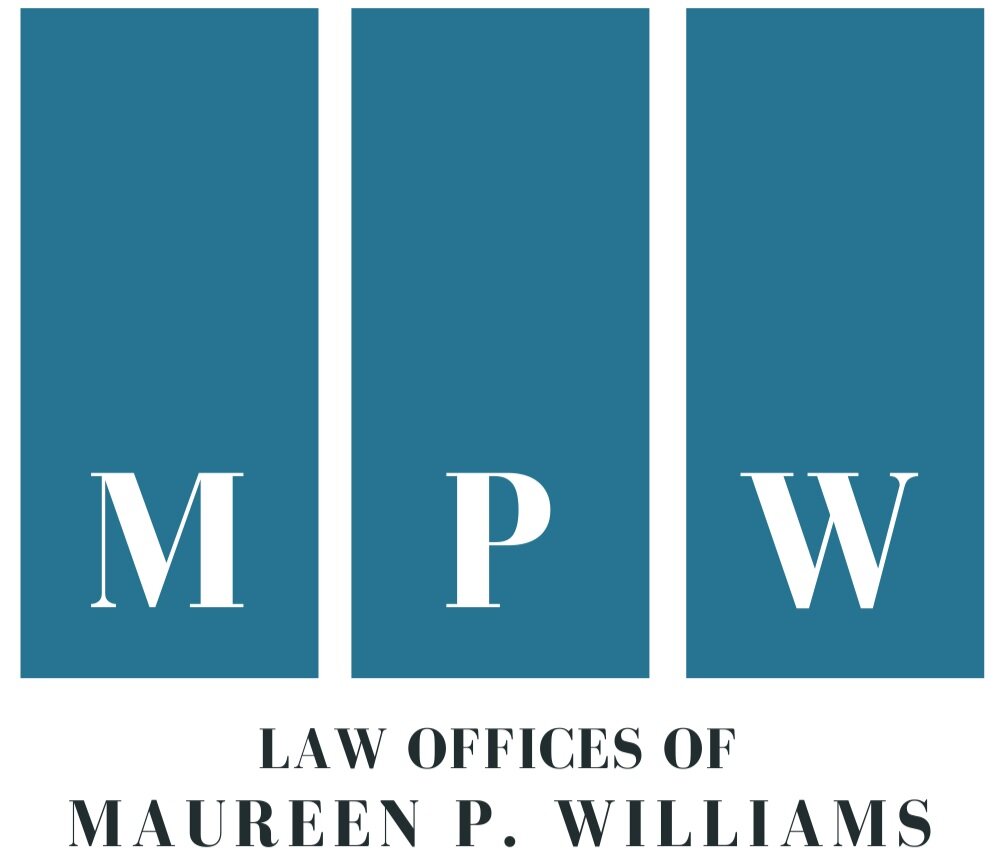On the aims of litigation.
Every year, one faculty member gives an address to the incoming undergraduate class at the University of Chicago called ‘The Aims of Education’ which invites students to reflect on the process of learning. The 2018 address by Gabriel Richardson Lear concerned the need for wonder, both in the form of awe and in the form of critical engagement. A worthy listen.
We need an event such as that in our community of lawyers. We need to speak more often of the aims of litigation, our very process - in frank and sincere terms. Do we desire the aspirational, or the practical. And, at what cost.
In moving toward more discussion of the aims of litigation I hope to embrace some core principles: [1]
· Change is constant;
· There is always enough time for the right work;
· Find the conversation that only those in the room can have;
· Never a failure, always a lesson
· Trust the people and move at the speed of trust
· What you pay attention to, grows.
How and when we act remains as important as the result sought. [2]
The aims of litigation are not the same as one’s personal reasons for the practice of law. I, for one, was recently queried about my choice of profession by a client. I answered that my personal life goal and need is often to protect others. The law allows me to serve those ends. In that/their (now resolved) case - a dissolution from a clearly and overtly abusive spouse whose personal issues were deeply traumatic to them and to those in the larger sphere in which they occupied – I certainly was able to live out my own core ideals and protect the client and see them forward on their life’s journey.
The aims of litigation are not abject and absolute destruction of a party in the process. We are often sidetracked by a public discourse within a mantra of “winning;” much of the language of litigation is also the language of war – a decision made involves judgment and an often-binary choice for the prevailing party. While a client favorable result is ALWAYS what we aim for, the manner and method of securing it should be mindful that while ‘losses” for another may be a by-product of pursuit of our client’s aims, they should never be the sole and intended result. Perhaps our duty for zealous advocacy should be tempered by a clause that provides ‘with the least harm’ – we should care to prevail but not fail to care.
I can only hope to move forward with conscious aims of litigation.
[1] Taken in part from the work of Adrienne Maree Brown, in her book Emergent Strategy, Ak Press, 2017 and itself an amalgamation of the work of others, inclusive of Octavia Brown, Bruce Lee, Steven Covey and, yes, Rhianna.
[2] A just and equitable system requires more thought, and less combat. More civility and less dehumanization – especially within the community of lawyers itself. A former civil judge in Connecticut’s Thomas G. Moukawsher’s “The Common Flaw” describes in far better detail than I could - ways to amend our process, from early mediations (used in several courthouses with great success), early discovery conferences (not often enough employed in my opinion to avoid the bog of procedure). We practitioners of litigation should take heed and fall less upon the practice book and more upon a practical design for dialogue where and when it can be had.
